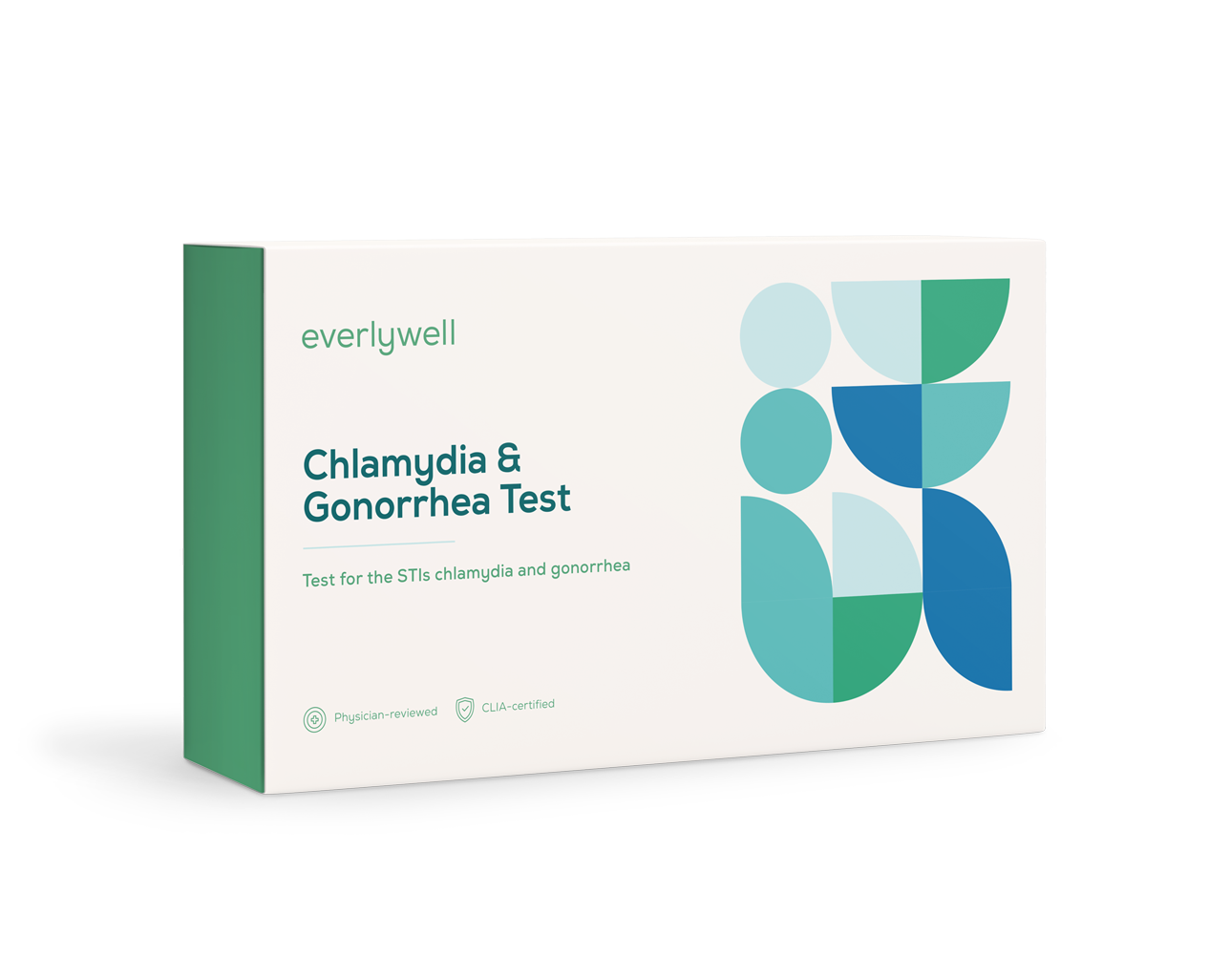Chlamydia and gonorrhea are examples of sexually transmitted diseases (STDs), also referred to as sexually transmitted infections (STIs), that can affect those who are sexually active. They are the most commonly reported STDs in the United States. Chlamydia and gonorrhea testing can help you detect these STDs before they cause serious health issues (such as infertility or pelvic inflammatory disease) for you or your partner(s).
What is chlamydia?
Chlamydia is a sexually transmitted disease that’s caused by an infection from a bacterium known as Chlamydia trachomatis. Chlamydia is about twice as common in women than in men, and most often affects women in the 15–24 age range.
A chlamydial infection usually doesn’t cause symptoms for women, but it can lead to inflammation in the cervix or urethra. Ultimately, in up to 15% of untreated chlamydia infections in women, pelvic inflammatory disease (PID) develops—which can result in infertility, chronic pelvic pain, and tubal pregnancy (also called an extrauterine pregnancy).
In men, chlamydia is likewise rarely accompanied by symptoms, but it can cause inflammation of the urethra and testicles.
Because a chlamydia infection often comes without obvious signs and symptoms, the only way to know for sure is by regularly taking a chlamydia test.
What is gonorrhea?
Gonorrhea is caused by Neisseria gonorrhoeae bacteria. Having a gonorrhea infection can increase the risk of contracting HIV, and symptoms can include inflammation of the cervix and urethra. Gonorrhea infection rates are nearly equal among women and men.
In women, gonorrhea often occurs without symptoms—but an untreated gonorrhea infection can lead to pelvic inflammatory disease (PID), which can cause serious issues for women's health (like infertility and chronic pelvic pain). That’s why routine gonorrhea testing is so important: the Centers for Disease Control and Prevention (CDC) recommends that all sexually active women under the age of 25 get tested for gonorrhea—as well as chlamydia—every year.
In men, gonorrhea can cause symptoms like painful urination, genital swelling, and testicular pain; however, the majority of cases are asymptomatic. The best way to know for sure is to test regularly.


